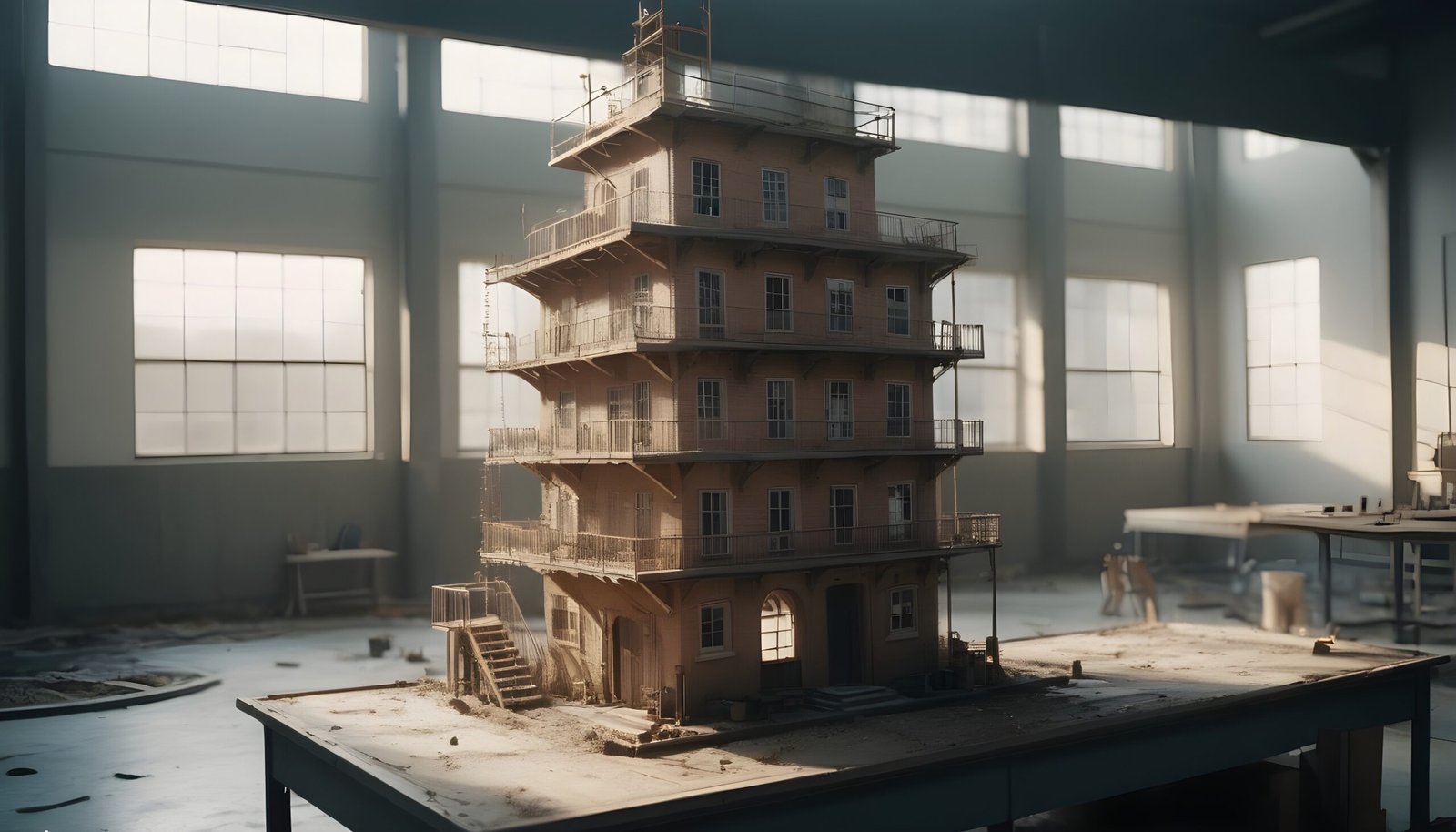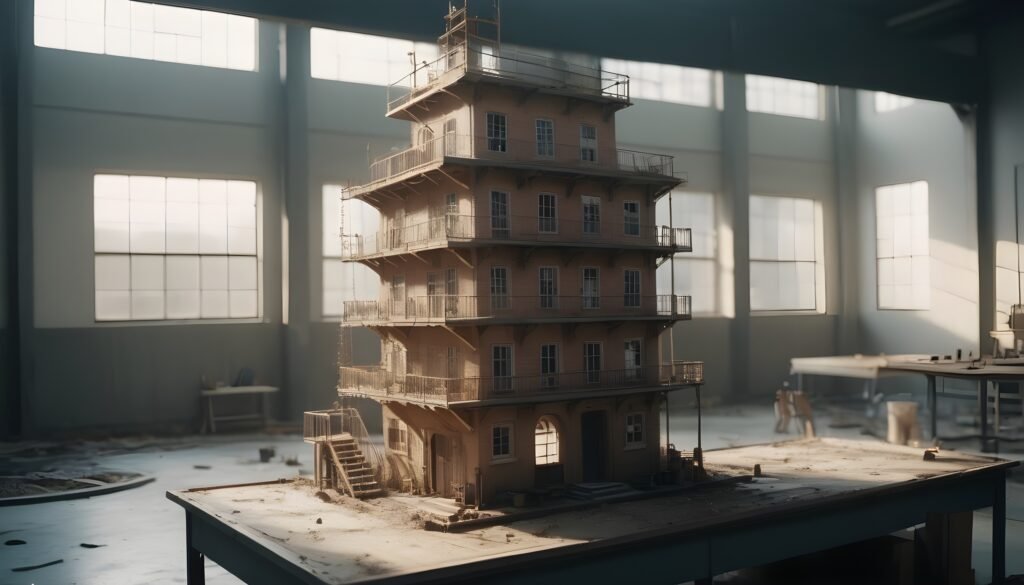IDEAS FOR BUILDING SIMPLE MACHINES AT HOME

A simple machine is an instrument you can use to assist with tasks. Stated differently, basic machines facilitate the process of lifting or moving objects.

The Handle
The lever is a fixed-point, stiff bar that may move freely. Whether it’s a paint can being pryed open with a flat piece of metal, moving dirt with a wheelbarrow, or lifting a big boulder with a shovel, levers are commonly employed to lift objects.
The Wheel and Axle
There are two disks or cylinders in the wheel and axle, and their respective radii vary. Simple machines with wheels and axles are frequently used to rotate or turn objects. Examples of this include turning screws with a screwdriver or operating a car’s steering wheel.
Gears
Gears are toothed wheels that mesh together in pairs such that one drives the other. Gears are frequently employed to drive an object, such as a clock or watch, constantly.
The Slanted Aircraft
A slanted surface that aids in moving objects along an incline is called an inclined plane. Usually, the inclined planes are ramps that can be utilized to transfer a large, heavy object from one level to another.
The Wedge
A wedge is a V-shaped device with two inclined planes on either side. Similar to blades, axes, and zippers, wedges facilitate the separation of two things.
The Screw
A wedge is a V-shaped device with two inclined planes on either side. Similar to blades, axes, and zippers, wedges facilitate the separation of two things.
The Pulley
A pulley’s rope slides into a wheel’s groove. It is simpler to draw a large load straight up with the aid of pulleys.
WHEEL & AXLE
The following are necessities:
a large, weighty book with round pencils and a smooth surface
Ask the pupils to attempt pushing the book across the surface and note how much work it requires. After that, ask them to arrange pencils in a path for the book along the surface. Ask them to try pushing the book over the surface again after that, and see what happens this time.
Extension: Ask the pupils to carry out the procedure again on a textured surface.
THE SCREW
The following are necessities:
a wooden block with a nail screw
Ask the kids to see how much work it takes to press the nail as far into the piece of wood as they can. After that, have the students attempt to twist a screw or hammer a nail as far into the wood as they can, observing the difference in effort required. Ask the students to measure how much of the screw and nail are still protruding from the wood, then compare the results.
Extension: Ask the kids to experiment with various screw and nail sizes to see whether the outcome stays the same.
THE RAMP
The following are necessities:
concrete block or brick
stairs with wooden planks
Ask the children to carry the brick or block up six stairs while noting how much work it requires. Have them erect the wooden board as a ramp leading up the six stairs they have just ascended. Now have them block up the ramp or push the brick, and note the difference in effort.
Extension: Place some wheels beneath the brick to see if that reduces the amount of work required to move it up the ramp.



Leave a Comment